How to fit an integrated washing machine
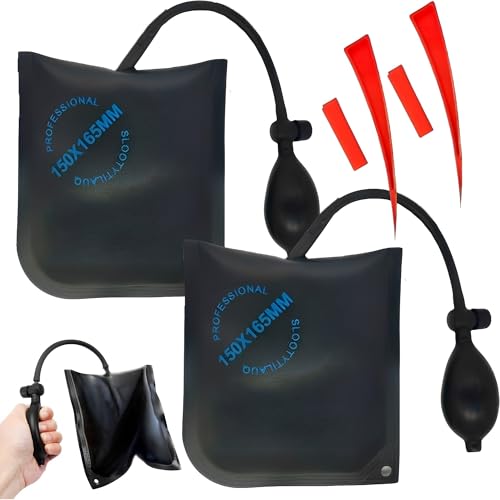
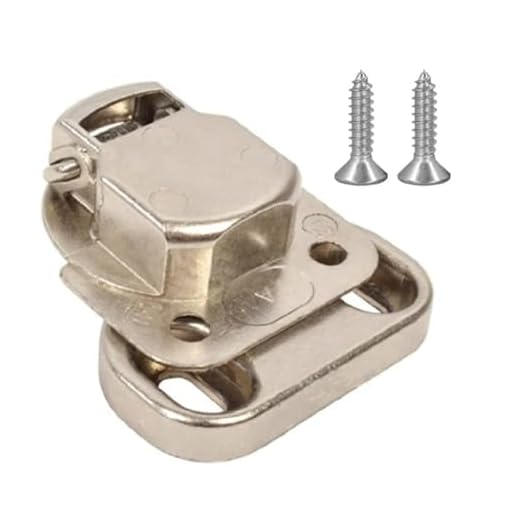
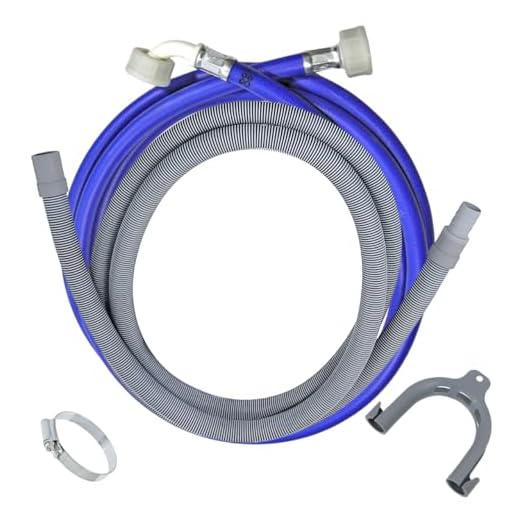
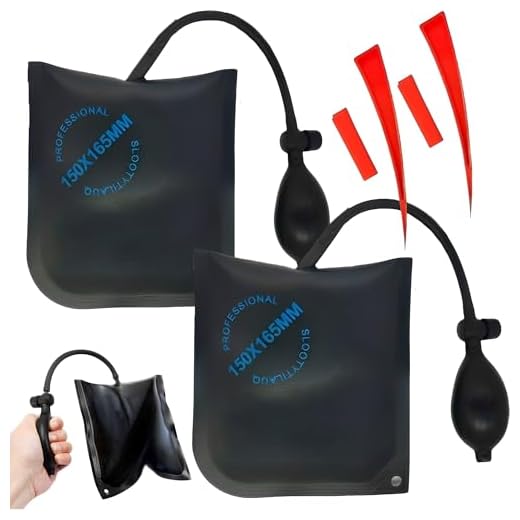
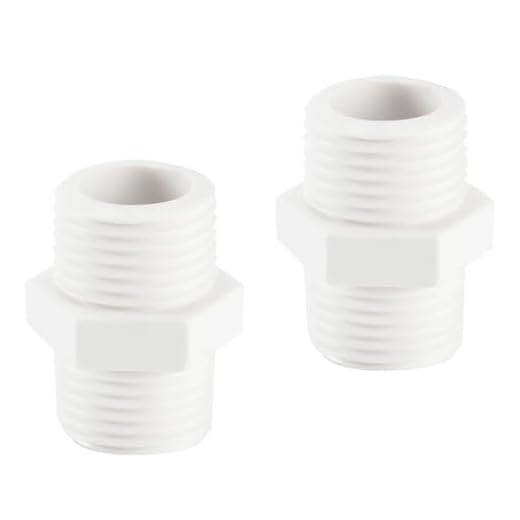
Installing a new integrated washing machine in your kitchen can be a daunting task, but with the right tools and instructions, it doesn’t have to be. Whether you’re replacing an old machine or installing one for the first time, this article will guide you through the process step by step.
Your integrated washing machine will be seamlessly incorporated into your kitchen cabinets, creating a neat and cohesive look. This not only saves space but also helps to maintain the overall aesthetic of your kitchen. However, before you start, it’s important to measure the available space to ensure that the appliance will fit properly.
Once you’ve determined the dimensions and chosen the right machine for your needs, it’s time to prepare the space. Clear out the area where the washing machine will be installed and ensure that the plumbing and electrical connections are easily accessible. Before starting any work, always remember to turn off the water and electricity supply.
Next, you’ll need to remove any existing fixtures or appliances that may be in the way. This may involve unscrewing brackets, disconnecting pipes, or removing shelves. It’s important to handle all fixtures with care to avoid any damage or injury. Once the area is cleared, you can begin installing your new integrated washing machine.
Tip: It’s recommended to follow the manufacturer’s installation instructions for the specific model of washing machine you have purchased, as there may be slight variations in the process.
Before sliding the machine into place, attach the necessary brackets to secure it firmly. These brackets may have been included with your appliance or purchased separately. Make sure they are aligned correctly and securely fastened to the surrounding cabinets or walls.
Next, carefully slide the washing machine into the designated space. Ensure that it is level by using a spirit level and adjust the machine’s feet if necessary. Once in position, connect the plumbing by attaching the inlet and outlet hoses to the corresponding pipes.
Finally, connect the integrated washing machine to the electricity supply. This may involve inserting the plug into the socket or hardwiring it directly. Always consult a qualified electrician if you are unsure about any electrical connections.
With the installation complete, you can now turn the water and electricity supply back on. Test the machine by running a short cycle to ensure that everything is working properly. If there are any leaks or issues, consult the manufacturer’s troubleshooting guide or contact a professional for assistance.
In conclusion, fitting an integrated washing machine requires careful preparation and attention to detail, but it is certainly an achievable task. By following these instructions and taking the necessary safety precautions, you’ll have a fully functioning washing machine seamlessly integrated into your kitchen.
Step-by-step guide for fitting an integrated washing machine
Step 1: Measure the space
Before you start fitting the integrated washing machine, measure the space where it will be installed to ensure it fits properly. Take note of the height, width, and depth requirements for the machine.
Step 2: Remove the cabinet door
To install the integrated washing machine, you’ll need to remove the cabinet door from the front of the machine. This will allow you to access the necessary areas for installation.
Step 3: Prepare the space
Clean out the space where the washing machine will be installed and ensure that it is level. If the floor is uneven, use shims to make the necessary adjustments.
Step 4: Connect the water supply
Locate the water supply pipe and connect it to the back of the integrated washing machine. Ensure that the connection is tight to prevent leaks.
Step 5: Connect the drain hose
Attach the drain hose to the integrated washing machine, making sure it is secured properly. Position the other end of the drain hose into a suitable drainage point.
Step 6: Plug in the machine
Locate the power outlet near the installation area and plug in the integrated washing machine. Make sure the machine is properly grounded.
Step 7: Align the machine
Push the integrated washing machine into the installation area, making sure it is aligned properly with the surrounding cabinets and countertops.
Step 8: Secure the machine
Once the integrated washing machine is in place, secure it to the surrounding cabinets or countertops using the provided screws or brackets. This will ensure that the machine stays in place during use.
Step 9: Reattach the cabinet door
After the integrated washing machine is securely in place, reattach the cabinet door to the front of the machine. Ensure that it is properly aligned and functions correctly.
Step 10: Test the machine
Finally, test the integrated washing machine to ensure it is functioning as expected. Run a test cycle to check for any leaks or operational issues.
Note: Before attempting to fit an integrated washing machine, make sure to consult the manufacturer’s installation instructions for specific guidelines and requirements.
Preparation and safety
Before fitting an integrated washing machine, it is important to follow the necessary safety precautions. This will ensure that the installation process goes smoothly and without any accidents or injuries. Here are some steps to take before starting the installation:
1. Turn off the power
Before unplugging or moving any appliances, make sure to switch off the power supply at the main circuit breaker. This will prevent the risk of electric shock and ensure your safety.
2. Disconnect the water supply
Next, turn off the water supply to the washing machine. You can do this by turning the shut-off valve located behind the machine. Make sure to also disconnect the hoses from the machine to avoid any water leakage during the installation process.
3. Clear the workspace
Remove any items or obstacles near the area where you will be installing the integrated washing machine. This will provide you with enough space to work comfortably and prevent any accidents or damages to the surrounding area.
4. Gather the necessary tools
Ensure that you have all the required tools for the installation, such as a screwdriver, level, adjustable wrench, and a drill with appropriate bits. Having the right tools will make the process easier and help you avoid any hold-ups or complications.
5. Read the manufacturer’s instructions
Become familiar with the manual or instructions provided by the manufacturer of the integrated washing machine. This will give you a clear understanding of the installation process specific to your appliance, ensuring a successful and safe fitting.
By following these preparation and safety measures, you can ensure that the installation of your integrated washing machine goes smoothly and safely. Now that you are ready, you can proceed with the next steps of fitting the machine into its designated space.
Installation process
When it comes to fitting an integrated washing machine, following the proper installation process is crucial. Taking the time to carefully install the machine will ensure its longevity and optimal performance. Here are the steps to successfully install an integrated washing machine:
1. Preparing the space
Before installing the washing machine, make sure you have a suitable space for it. Measure the dimensions of the machine and ensure it fits perfectly into the designated area in your kitchen. Ensure there is proper ventilation to prevent overheating and check that the plumbing and electrical connections are in place and accessible.
2. Removing packaging materials
Unpack the washing machine carefully, removing all packaging materials. This includes any tapes, foam, or brackets used to secure the machine during transportation. Be sure to retain any accessories or documentation provided by the manufacturer for later reference.
3. Levelling the machine
Before installing the machine, check if it is level. Adjust the feet, if necessary, to ensure the machine is stable and does not wobble or vibrate excessively. A level machine is essential for its proper functioning.
4. Connecting to the water supply
Next, connect the washing machine to the water supply. Depending on the specific model, there may be a hose included for this purpose. Attach one end of the hose to the water inlet at the back of the machine and the other end to the appropriate tap or plumbing connection. Ensure the connections are tightened securely to prevent any leaks.
5. Connecting to the electrical supply
To safely connect the machine to the electrical supply, plug the power cord into a grounded power outlet. Make sure the power outlet is easily accessible and does not hinder the movement or operation of the machine.
6. Securing the machine
After the connections are made, secure the washing machine in its designated space. There may be brackets or clamps provided by the manufacturer for this purpose. Use these to secure the machine firmly in place and prevent it from moving when in operation or during transportation.
7. Testing
Finally, before starting a wash cycle, perform a quick test run. Ensure that all connections are secure, and there are no leaks. Run a short wash cycle without any clothes to check if the machine is functioning correctly and there are no unusual noises or vibrations.
Following these steps will help you successfully install your integrated washing machine and ensure its proper functioning for years to come.






